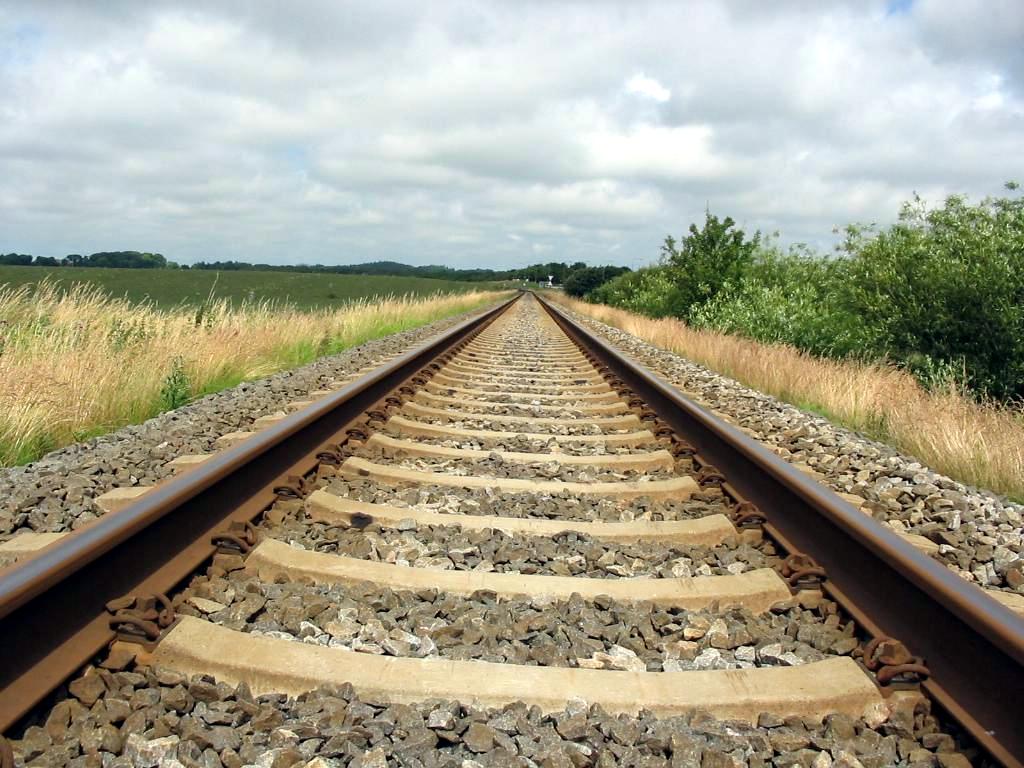dgrafix
Well-Known Member
I am collecting the fast trains of history and want my (fantasy, not really so much prototype driven) layout to reflect "bits" of the world without being too specific about a date or place. Or on the other hand include a -little- piece from everywhere the trains are from, but without being garish.
It is quite difficult because you have the steam age with trains such as the flying scotsman, germany with the ICE, france with the TGV, Japan/China/Korea's bullet trains..... etc..
I want my layout to be something that any train could run on featuring mostly stuff that has not changed that much.
Obviously the shinkansens mostly run in concrete troughs (although riding one it did get out onto more traditional looking track when it left the city...) I was thinking of going for a modernish layout (as steam trains do indeed still run as a novelty) but want to incoroprate bits from all of that.
I basically want the layout to be dedicated to these trains with hints of the countries behind them. Anyone tried to model to mixed dates/places? How did you go about it? I mean rocks grass and trees do not change, but the human side certainly does. What for example would be a generic station in use today that could be anywhere anytime.. Or a railyard with the simple features that they all share, i am fighting with what could work and what would just not.
It is quite difficult because you have the steam age with trains such as the flying scotsman, germany with the ICE, france with the TGV, Japan/China/Korea's bullet trains..... etc..
I want my layout to be something that any train could run on featuring mostly stuff that has not changed that much.
Obviously the shinkansens mostly run in concrete troughs (although riding one it did get out onto more traditional looking track when it left the city...) I was thinking of going for a modernish layout (as steam trains do indeed still run as a novelty) but want to incoroprate bits from all of that.
I basically want the layout to be dedicated to these trains with hints of the countries behind them. Anyone tried to model to mixed dates/places? How did you go about it? I mean rocks grass and trees do not change, but the human side certainly does. What for example would be a generic station in use today that could be anywhere anytime.. Or a railyard with the simple features that they all share, i am fighting with what could work and what would just not.
Last edited:


